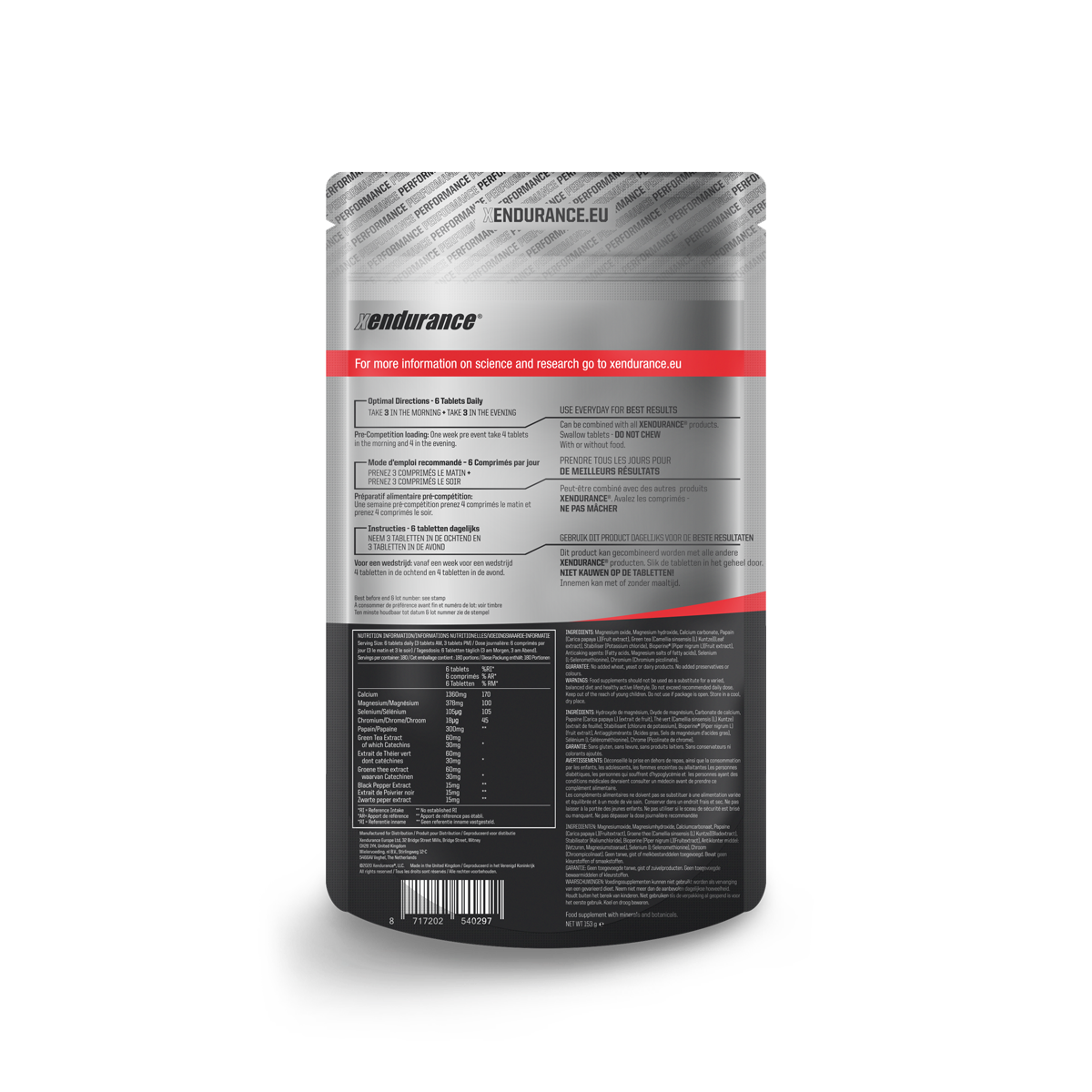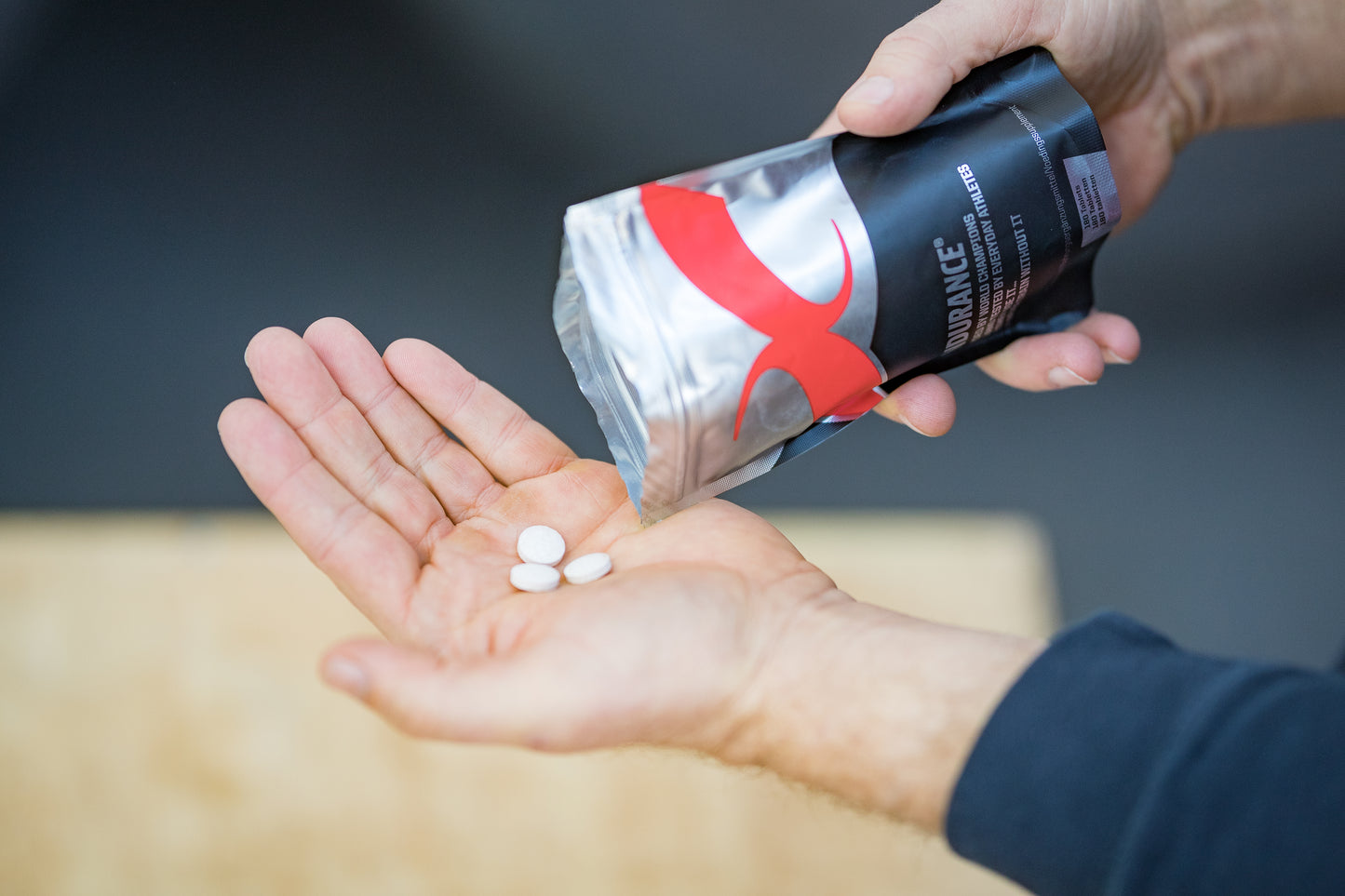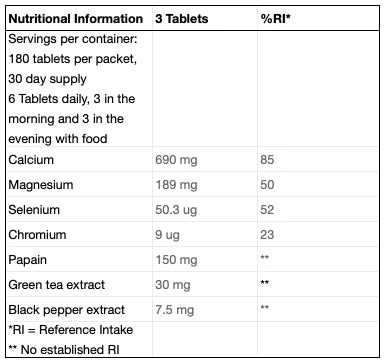Running is simple. Just throw on a shirt and some shorts, lace up your shoes and head out the door. But somehow it’s never that easy when you’re a triathlete. For starters, you’ve got other disciplines to consider and other workouts that might take precedence, and you have to deal with fatigue on a regular basis.
Here are a few tricks you might be able to implement into your busy regimen.
1) GIVE YOURSELF A BREAK.
Long runs can be a drag, even if you’re a good runner. But if you’re tired or putting in high volume on the bike or in the pool, it can make getting through a 90 minute to two hour jaunt a real chore and that can lead to a mental and physical downward spiral.
Try running for 15 minutes, then walk at a moderate pace for a minute to recover ever so briefly before running for 15 more minutes. Using this system, you might walk six times during a long run, but you are not exhausted when finished.
The run/walk process can release stress and strain that is built up in your hips and knees, whilst your heart rate doesn’t really get any lower; you just rejuvenate yourself and you can keep going. Ultimately, you don’t fade at all at the end of your run because you’re not dragging.
2) WORK ON YOUR WEAKNESSES.
Just as all triathletes have stronger and weaker disciplines, so too do they have strengths and weaknesses within each discipline. As a runner, a triathlete might be a speed freak, an endurance fiend or somewhere in between. The in between part is ideal because it allows someone to be versatile enough to train and race at short and long distances and at all speeds. The key is figuring out which type you are by answering some simple questions:
Do you really enjoy logging copious miles or longer fartlek workouts? Or are you more inclined to run fast for short distances such as a 5K race or 800m repeats on a track?
Once you’ve determined what kind of runner you are, work on your weaknesses first and then focus on your strengths.
In other words, do what you like to do least in the early part of your training block and then focus on the thing you enjoy (and presumably do well) in the second half of your program.
Workouts that focus on your weaknesses take a greater toll on you than the ones that work your strengths, so insert only small doses of these workouts into your plan and space them out by several days.
Later in your program, you’ll want to include heavier doses of workouts that focus on your strengths. For example, if you’re an endurance fiend, sprinkle in a few short and fast reps early on, but then be sure to load up your mileage with long runs later in your training cycle.
3) DON’T FOLLOW CONVENTION.
It’s long been commonplace for triathletes to “run on tired legs” in training to mimic conditions in a race. That’s why we do so many bricks, where we’re running immediately following a bike workout or the day after a long ride or high volume day. But that might not be the best approach. That approach may indeed be helpful psychologically, but those athletes are short changing their ability to make significant improvement in their running speed, strength and endurance by doing their run workouts in a mostly unrecovered state—and that leads to an inability to run hard, steady, or long enough to challenge the body to make desired physiological adaptations.
Many Ironman athletes, during their key specificity phase leading to peak conditioning, do their long swim/bike workouts on Sundays, and their long run on Wednesday evenings. Not only does this allow ample recovery between key workouts, but doing the run after a day at work mimics the time of day that most athletes will be running 26.2 on Ironman day.
4) DON’T DESTROY YOURSELF.
Don’t hammer yourself just for the sake of hammering yourself, reduce the intensity up or down based on what’s going to be most important for you – hammering yourself can end in injury or long term rehab, just to record another score on the training plan – listen to your body carefully as no one else can.









